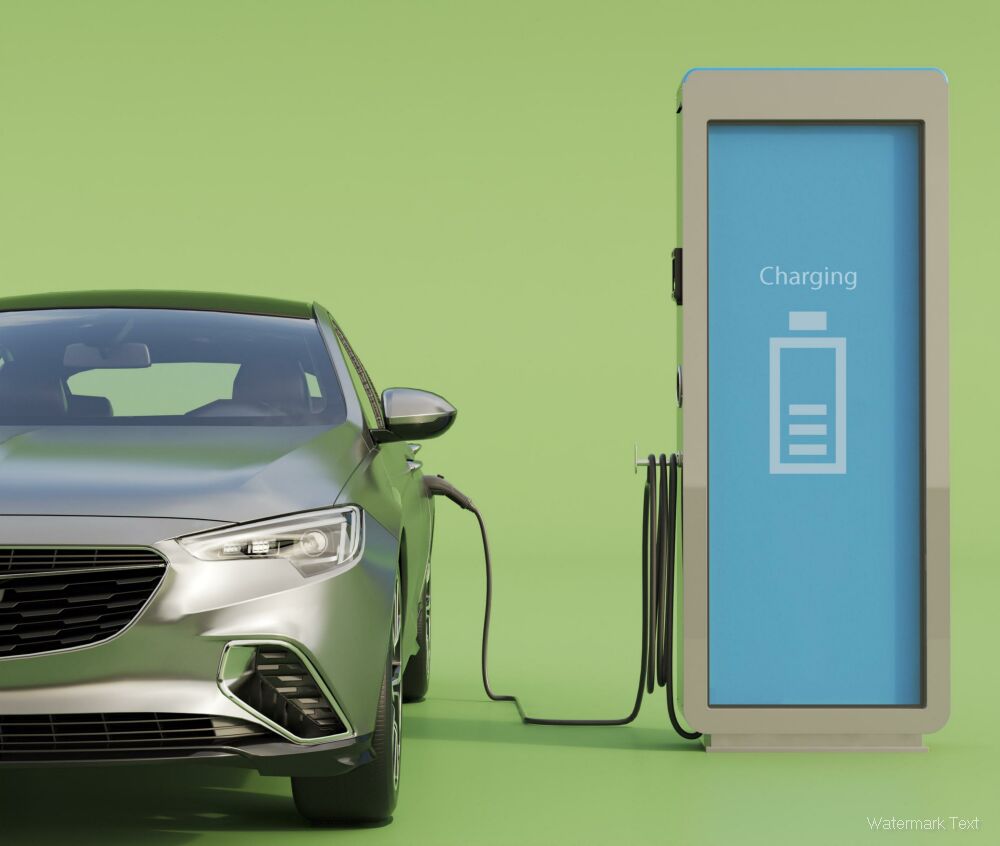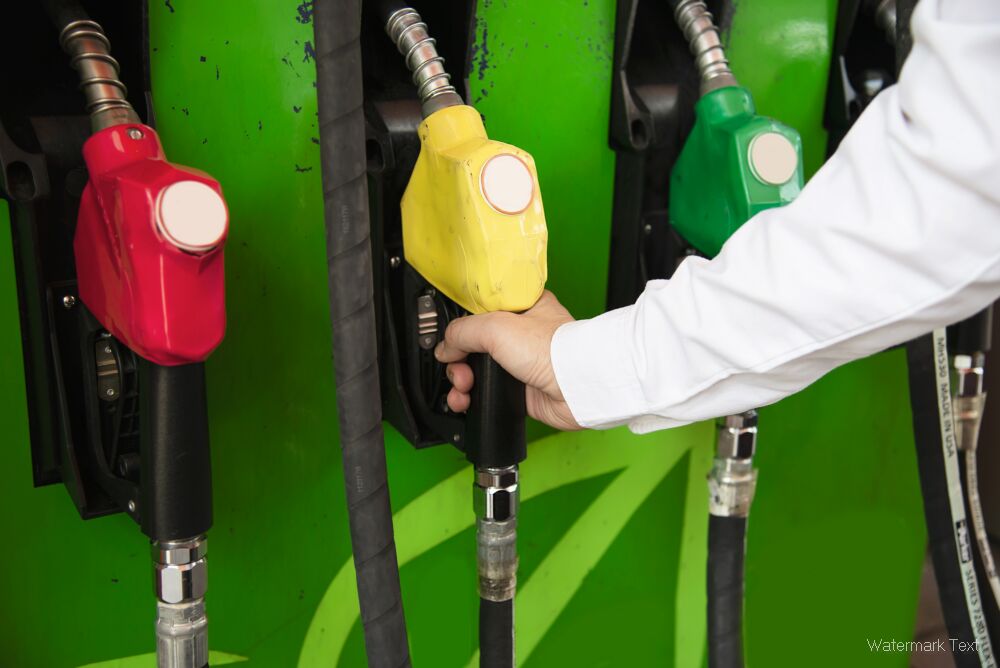Car design has undergone a remarkable transformation over the decades, reflecting not only technological advancements but also shifts in consumer preferences and environmental considerations. From the classic curves of the 1950s to the sleek, aerodynamic shapes of today, the evolution of car design is a fascinating journey that intertwines art, engineering, and culture. ?✨

The Golden Age of Automobiles (1950s-1960s)
The 1950s and 1960s are often referred to as the golden age of automobiles. This era was characterized by bold designs, vibrant colors, and an emphasis on style. Cars like the Chevrolet Bel Air and Ford Mustang became icons of American culture.
Key Features of 1950s-1960s Car Design
| Feature | Description | Example Car |
|---|---|---|
| Body Style | Long, sweeping lines and chrome accents | Chevrolet Bel Air ? |
| Color Palette | Bright, eye-catching colors | Ford Mustang ? |
| Interior Design | Luxurious materials and spacious layouts | Cadillac Eldorado |
| Engine Performance | Powerful V8 engines for speed and performance | Pontiac GTO |
During this time, the automotive industry saw a significant increase in production, with over 8 million cars manufactured in the U.S. alone in 1965. This boom was fueled by post-war prosperity and a growing middle class eager to embrace the freedom of the open road. ?
The Shift to Efficiency and Safety (1970s-1980s)
As the 1970s rolled in, the oil crisis and rising environmental awareness began to influence car design. Consumers started to prioritize fuel efficiency and safety over sheer power and aesthetics.
Key Features of 1970s-1980s Car Design
| Feature | Description | Example Car |
|---|---|---|
| Compact Size | Smaller, more fuel-efficient vehicles | Honda Civic ? |
| Safety Features | Introduction of seat belts and crumple zones | Volvo 240 |
| Engine Technology | Rise of fuel-efficient engines | Toyota Corolla |
| Design Aesthetics | Boxier shapes and less chrome | Ford Escort |
In the U.S., the average fuel economy of new cars improved from 13.5 miles per gallon in 1975 to 22.1 miles per gallon by 1985. This shift not only changed consumer preferences but also led to stricter regulations on emissions and safety standards. ?
The Rise of Technology and Innovation (1990s-2000s)
The 1990s and 2000s marked a new era of technological innovation in car design. The introduction of computer-aided design (CAD) allowed for more precise and creative designs, while advancements in materials science led to lighter and stronger vehicles.
Key Features of 1990s-2000s Car Design
| Feature | Description | Example Car |
|---|---|---|
| Aerodynamic Shapes | Sleeker designs for improved fuel efficiency | BMW Z3 |
| Advanced Safety Tech | Airbags and anti-lock braking systems | Mercedes-Benz S-Class |
| Hybrid Technology | Introduction of hybrid vehicles | Toyota Prius ? |
| Infotainment Systems | Integration of technology for entertainment | Ford Explorer |
By the end of the 2000s, hybrid vehicles like the Toyota Prius had gained significant popularity, with sales exceeding 1 million units in the U.S. alone. This era also saw the rise of infotainment systems, changing how drivers interacted with their vehicles. ?
The Future of Car Design (2010s-Present)
Today, car design is at the forefront of sustainability and connectivity. Electric vehicles (EVs) are becoming mainstream, and manufacturers are focusing on reducing their carbon footprint while enhancing user experience.
Key Features of 2010s-Present Car Design
| Feature | Description | Example Car |
|---|---|---|
| Electric Powertrains | Shift towards fully electric vehicles | Tesla Model 3 ⚡ |
| Autonomous Features | Development of self-driving technology | Waymo |
| Sustainable Materials | Use of recycled and eco-friendly materials | BMW i3 |
| Connectivity | Advanced connectivity features and apps | Audi e-tron |
The global electric vehicle market is projected to grow from 3 million units in 2020 to over 26 million units by 2030, reflecting a significant shift in consumer preferences towards sustainable transportation. ??
Conclusion
The evolution of car design over the decades is a testament to human creativity and innovation. From the flamboyant designs of the 1950s to the eco-friendly vehicles of today, each era has left its mark on the automotive landscape. As we look to the future, it’s clear that the journey of car design is far from over. With advancements in technology and a growing emphasis on sustainability, the next chapter promises to be just as exciting.
For more insights into the latest trends in car design, check out Car and Driver or MotorTrend. ?



